“Exploring the Allure of 12 Exotic Fruits and Their Unforgettable Flavors”
When it comes to fruits, we often think of the familiar apples, oranges, and bananas that line the most grocery store shelves. However, our planet is home to a diverse array of exotic fruits that tantalize our taste buds with unique flavors, textures, and vibrant colors. These fruits not only offer a delightful culinary experience but also pack a nutritional punch. In this blog, we will embark on a virtual journey to explore some of the most intriguing exotic fruits, their nutritional benefits, and where they are predominantly grown.

Table of Contents
Exotic Fruits: A Feast for the Senses
Exotic fruits, often hailed as nature’s jewels, captivate us with their enticing aromas and visually stunning appearances. They introduce us to new dimensions of taste that transcend the ordinary. Let’s dive into a list of exotic fruits that have been celebrated for their exceptional qualities:

Dragon Fruit (Pitaya)
Nutritional Benefits:
- Rich in antioxidants, vitamin C, and fiber.
- Promotes digestion and boosts immunity.
The Dragon fruit, having a vibrant pink or yellow skin and speckled flesh which offers a subtly sweet taste reminiscent of a blend between a kiwi and a pear. The texture is smooth and slightly crunchy due to the presence of tiny black seeds, that makes it more amazing in taste. The flavor is delicate, often described as mildly sweet with a hint of floral notes, making it a popular choice for smoothies and fruit salads.
Mostly Grown:
Native to Central America, also cultivated in Southeast Asia and parts of the Americas.
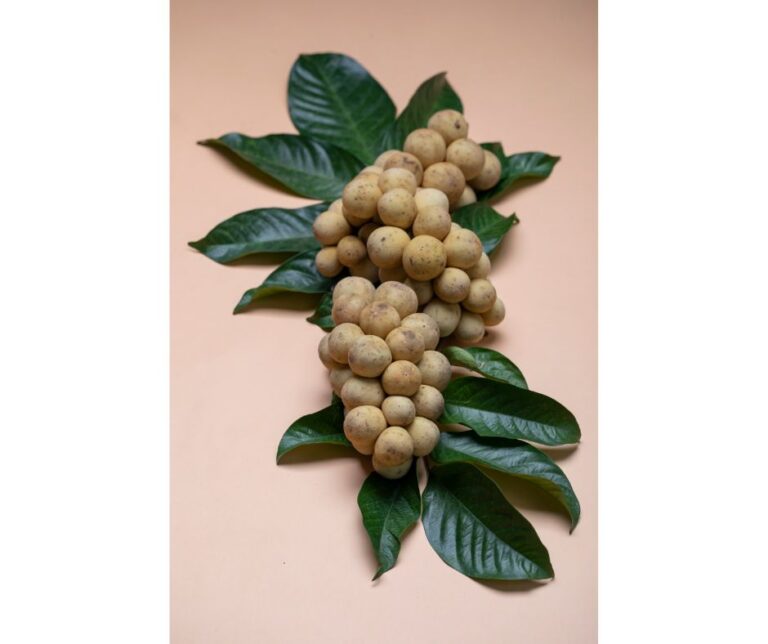
Longan Fruit
Nutritional Benefits:
- Packed with vitamin C, potassium, and essential antioxidants. Boosts immune health and promotes radiant skin.
Longan, often referred to as “dragon eye” due to its translucent flesh and black seed resembling an eyeball, offers a pleasantly sweet taste with floral undertones. Its flavor is reminiscent of lychee but with a milder and subtler sweetness. Longan’s delicate sweetness makes it a popular ingredient in Asian desserts and beverages.
Mostly Grown:
Native to Southeast Asia, especially Thailand, Vietnam, and China.

Persimmons
Nutritional Benefits:
- Rich in dietary fiber, vitamin A, and antioxidants. Supports heart health and aids digestion.
Persimmons commonly come in two main varieties:
- Astringent and Non-astringent.
The non-astringent varieties, such as Fuyu persimmons, are known for their sweet, crisp, and slightly tangy taste. They have a flavor profile akin to a blend of apricot, mango, and honey, making them a versatile ingredient in both sweet and savory dishes.
Mostly Grown:
Found across Asia, including countries like Japan, China, and South Korea.
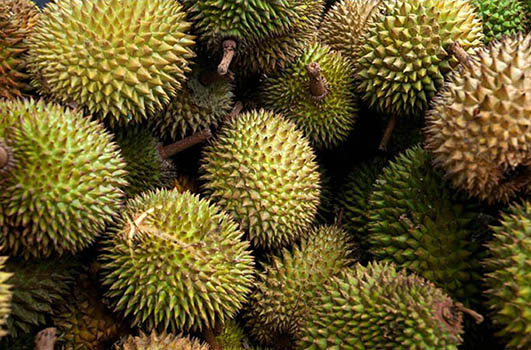
Durian
Nutritional Benefits:
- High in fiber, numerous vitamins, and minerals, as well as good fats.
Durian also Known as the “King of Fruits.”
The “King of Fruits,” durian has a distinct reputation for its strong aroma, which people either love or find challenging. Its flavor is a unique combination of sweet and savory, with custard-like, creamy flesh that can be quite rich. Some describe the taste as a mix of sweet, caramelized onion, and hints of tropical fruits like pineapple and mango.
Mostly Grown:
Southeast Asian countries like Thailand, Indonesia, and Malaysia.
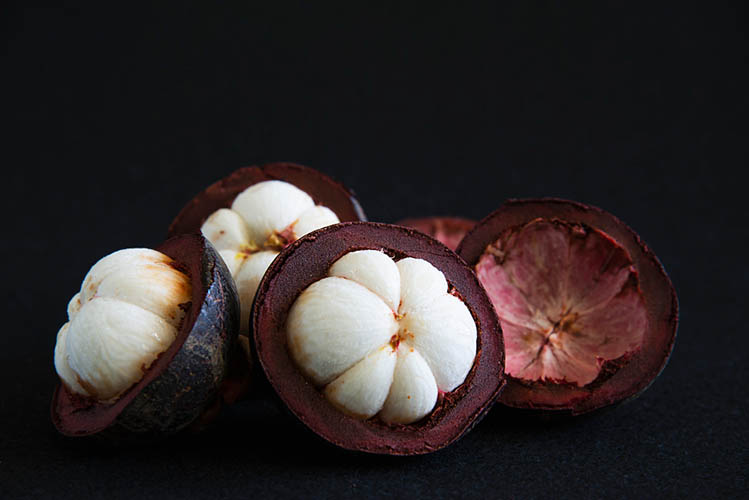
Mangosteen
Nutritional Benefits:
- Packed with antioxidants and anti-inflammatory compounds.
- Supports immune health.
- Known as the “Queen of Fruits.”
Mangosteen has a thick, purple rind that protects its tender, juicy interior. The taste is subtly sweet and refreshing, with a delicate balance between tartness and a hint of floral notes. Mangosteen is often compared to a blend of peach, citrus, and strawberry, making it a delightful treat for those who appreciate a complex and nuanced flavor.
Mostly Grown:
Southeast Asia, particularly Thailand, Indonesia, and Malaysia.
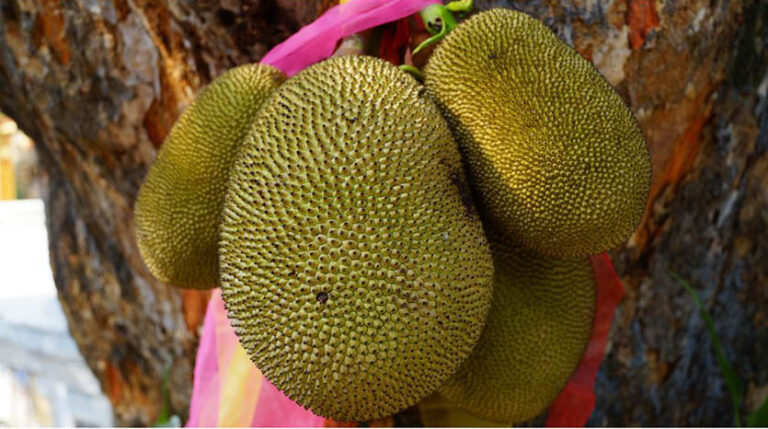
Jackfruit
Nutritional Benefits:
- A good source of nutrients, including vitamins, minerals, and dietary fiber, as well as carbohydrates.
With its large size and unique texture, jackfruit offers a taste reminiscent of a fusion between banana, pineapple, and mango. When ripe, this exotic fruit is sweet and fragrant, while its unripe form is often used as a meat substitute in savory dishes due to its mild taste and meat-like texture.
Mostly Grown:
Southeast Asian nations such as Sri Lanka, India, Bangladesh, and others.
Nutritional Benefits:
- Rambutan contains vitamin C, fiber, and minerals like potassium and iron.
- Supports skin health.
Rambutan’s appearance is similar to that of lychee, but its taste is slightly different. The flesh is juicy and translucent, with a sweet and slightly acidic flavor. Think of a grape-like texture with a taste that’s a cross between lychee and a grape, this exotic fruit also accompanied by floral undertones.
Mostly Grown:
Southeast Asia, which includes the Philippines, Thailand, and Indonesia.

Lychee
Nutritional Benefits:
- Rich in vitamin C and antioxidants.
- Supports heart health and boosts immunity.
Lychee is celebrated for its sweet and floral taste. Its translucent white flesh is juicy and tender, with a burst of sweetness that’s often likened to a blend of strawberries, grapes, and watermelon. The fragrance is intoxicating, making it a favorite for both eating fresh and incorporating into desserts.
Mostly Grown:
China, India, Thailand, and Vietnam.
Kiwano (Horned Melon)
Nutritional Benefits:
- It is low in calories while having loads of vitamin C and potassium.
- Supports hydration and digestion.
Kiwano, also known as the horned melon and has a spiky orange exterior and vibrant green, jelly-like interior. Its taste is a unique combination of flavors – tart and citrusy with hints of banana and cucumber. The texture of kiwano is somewhat gelatinous, adding a distinct element to its overall appeal.
Mostly Grown:
Sub-Saharan Africa, New Zealand, and California.
Nutritional Benefits:
- Loaded with antioxidants and anti-inflammatory compounds.
- Supports cardiovascular health.
Jabuticaba, unlike most exotic fruits, grows directly on the trunk of the tree. Its taste is often compared to a mix of grape, lychee, and plum, with a sweet and tangy flavor. It have very unique appearance. The skin is slightly tart, while the pulp inside is pleasantly sweet, making it a popular choice for jams and wines.
Mostly Grown in Brazil.

Buddha's Hand
- Rich in aromatic compounds. Used for its unique flavor and fragrance.
Buddha’s Hand is primarily known for its intense citrus fragrance rather than its taste. The finger-like segments are rich in aromatic oils, and its flavor is often described as a pungent and zesty combination of lemon and bergamot, making it a prized ingredient in perfumes and culinary creations.
Mostly Grown:
Mostly Originated in India and China, now cultivated in various regions.
Nutritional Benefits:
- Contains fiber, iron, and vitamin C.
- Supports digestion and may regulate blood sugar.
Salak, also known as snake fruit due to its reddish-brown scaly skin, has a taste that’s simultaneously sweet and tangy, similar to a blend of pineapple and apple. Its crunchy texture makes it a unique and enjoyable snacking option.
Mostly Grown:
Indonesia and other parts of Southeast Asia.

Nutritional Powerhouses and Their Origins
These exotic fruits not only bring a burst of flavor to our palates but also offer a variety of health benefits. Let’s delve deeper into the nutritional wonders they hold:
Antioxidant Boost:
Many fruits, such as dragon fruit, mangosteen, and jabuticaba, are rich in antioxidants. These compounds help combat oxidative stress and protect our cells from damage, reducing the risk of chronic diseases.
Vitamins and Minerals:
Exotic fruits like lychee, kiwano, and Salak provide essential vitamins like vitamin C, which supports immune function and skin health. They also contain minerals like potassium and iron, contributing to overall well-being.

Dietary Fiber:
Jackfruit, durian, and rambutan are excellent sources of dietary fiber. Fiber maintains intestinal health, assists digestion, and creates a sensation of fullness.
Unique Compounds:
Buddha’s Hand, celebrated for its intriguing appearance, is used for its aromatic zest. This fruit adds a distinct citrusy fragrance to dishes and beverages.
Geographic Origins:
These fruits have their roots in various corners of the globe. While some, like dragon fruit and lychee, hail from Asia, others like kiwano and Buddha’s Hand have found their way to different continents.

Conclusion:
The world of exotic fruits is a treasure trove of flavors, textures, and nutritional benefits. From the spiky durian to the vibrant dragon fruit, each fruit brings a unique story and a distinct set of health-enhancing properties. As we’ve explored in this blog, these fruits are not only a feast for the senses but also offer a spectrum of nutrients that contribute to a well-rounded diet. So, the next time you’re looking to tantalize your taste buds and nourish your body, consider adding a touch of the exotic to your plate – you might just discover a new favorite among these rare delights.


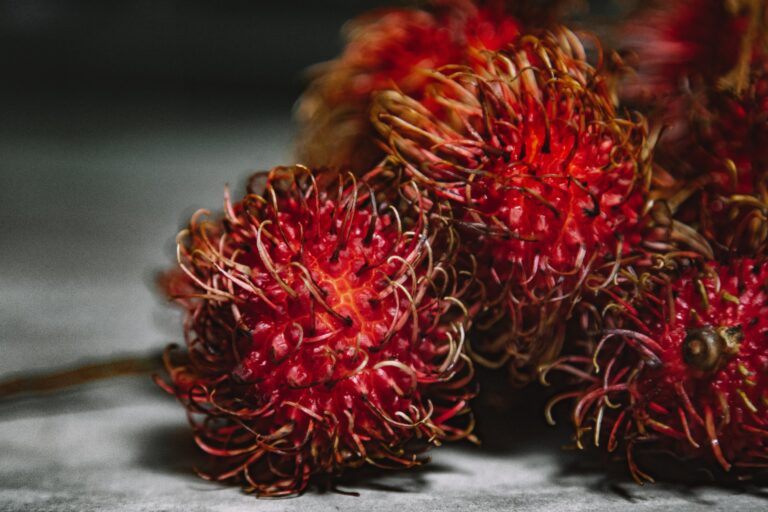
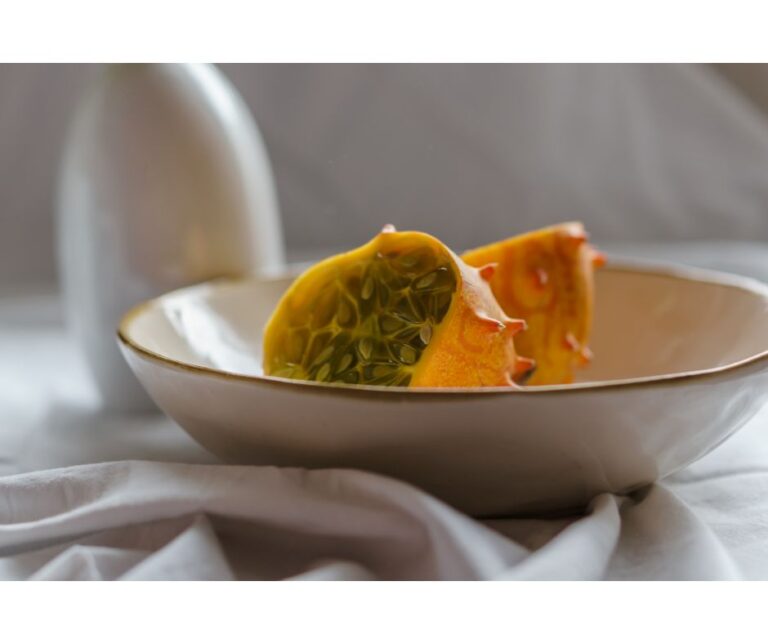
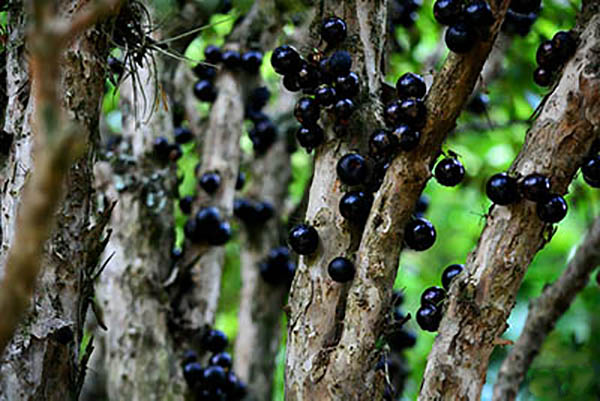

5 thoughts on “ 12 Unique Exotic Fruits and Their Unique Delights”